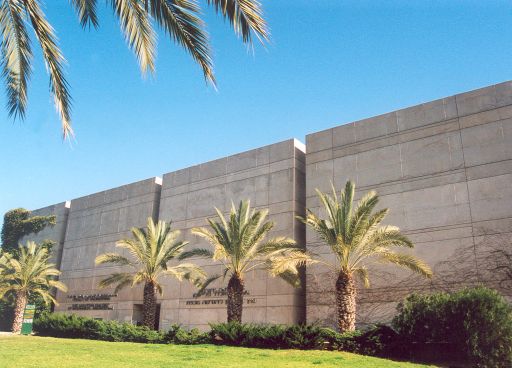

We advance and implement X-ray crystallography for probing materials structures. We investigate fine structures on different length scales to obtain standard crystallographic, structural disorder and microstructural information. We study materials under electric, thermal and (in future) mechanical perturbation. We are currently focused on piezoelectrics and ferroelectrics but open for exploring any materials where the relationship between structure and properties are not yet understood.
1. Investigation of multidomain crystals using high-resolution X-ray diffraction
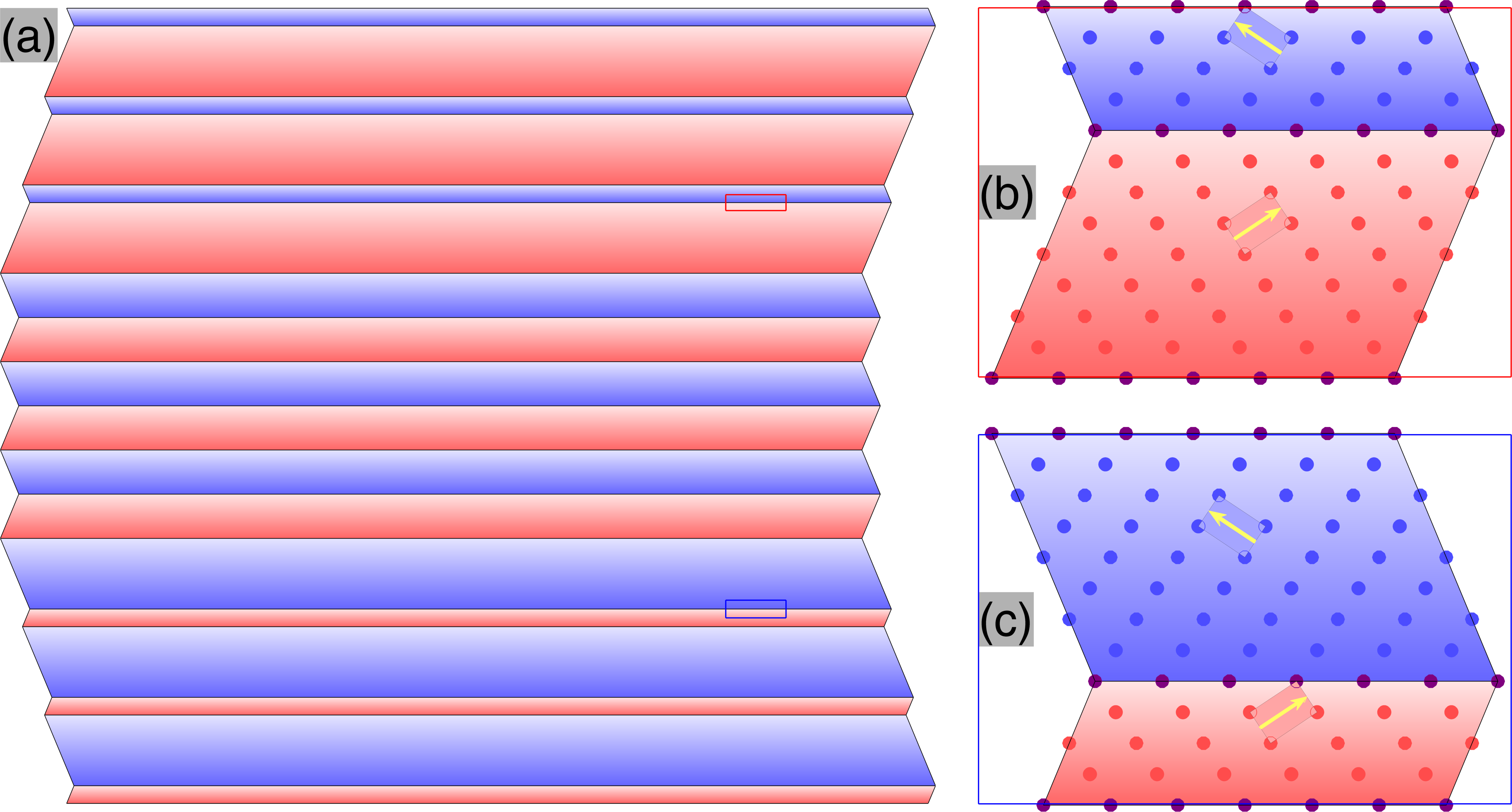 Domain is a finite volume of a crystal, where a physically
meaningful order parameter is uniform.
Domains and domain walls may mediate new physical properties, such as giant piezoelectricity or shape-memory effect.
We advance the methods of investigation of domains using
X-ray and neutron scattering inspecting domains from Bragg peaks splitting and track their response to external field.
Domain is a finite volume of a crystal, where a physically
meaningful order parameter is uniform.
Domains and domain walls may mediate new physical properties, such as giant piezoelectricity or shape-memory effect.
We advance the methods of investigation of domains using
X-ray and neutron scattering inspecting domains from Bragg peaks splitting and track their response to external field.
2. Development of time resolved X-ray single crystal diffractometry
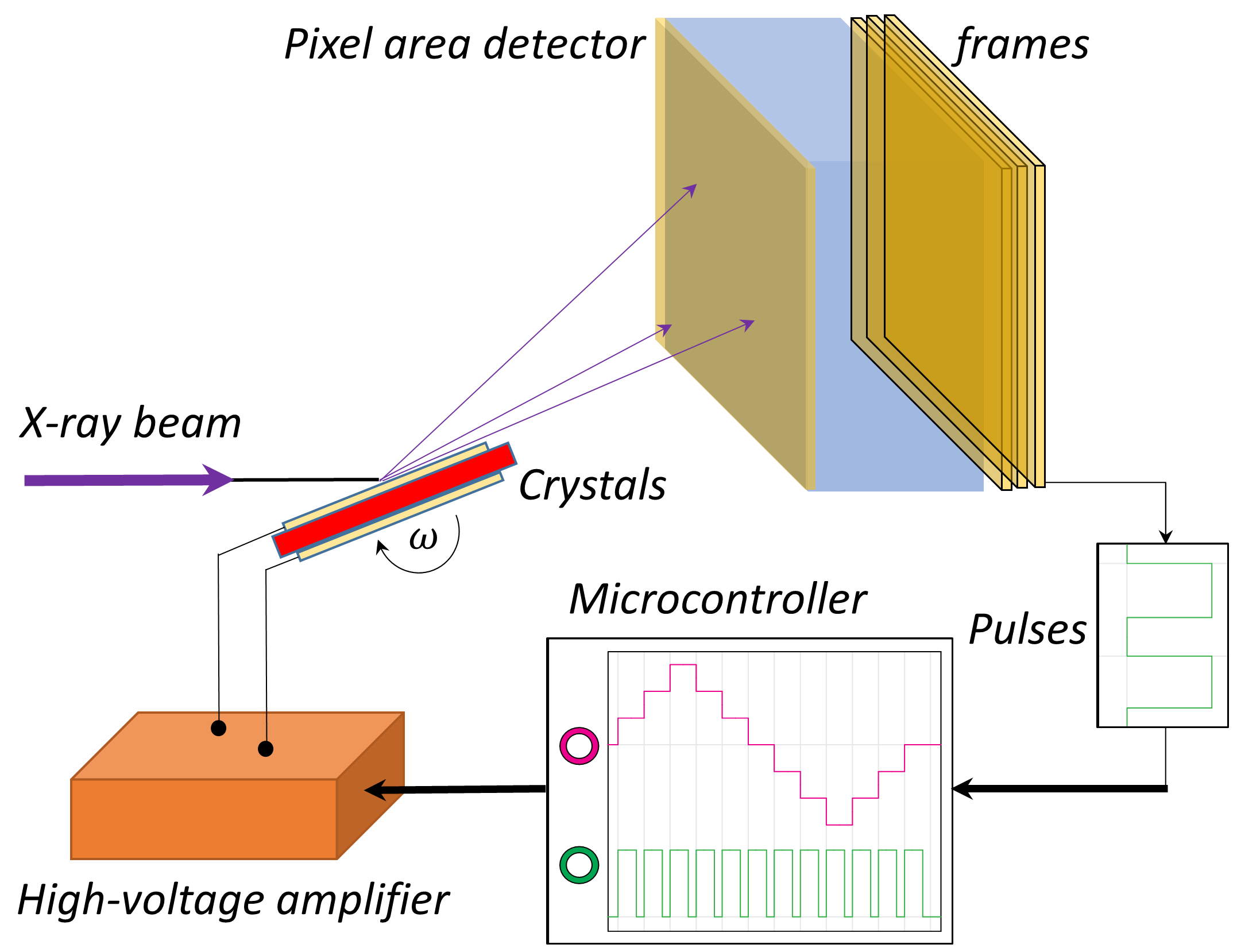 X-ray diffraction is the leading tool for the investigation of materials structures. Understanding the structure-properties relationship
relies on the ability of measure how the structure adapts to the external conditions. This adaptation might be e.g. distortion of the chemical bonds, macroscopic strains, variations in the microstructure / domain pattern.
For example application of electric field to a piezoelectric material induces macroscopic deformation, which can be
to the structural effect or domain wall motion. We develop data acquisition systems for synchronized collection of X-ray diffraction and application of external stimuli to a material (probing a device in action).
X-ray diffraction is the leading tool for the investigation of materials structures. Understanding the structure-properties relationship
relies on the ability of measure how the structure adapts to the external conditions. This adaptation might be e.g. distortion of the chemical bonds, macroscopic strains, variations in the microstructure / domain pattern.
For example application of electric field to a piezoelectric material induces macroscopic deformation, which can be
to the structural effect or domain wall motion. We develop data acquisition systems for synchronized collection of X-ray diffraction and application of external stimuli to a material (probing a device in action).
3. Crystallography of cleavage
 Cleavage describes the tendency of a crystal to break easily along a specific lattice planes.
Acquiring the information about cleavage in a given crystal structure is essential for the investigation of key mechanical properties such as fracture toughness, plasticity and strength.
Although cleavage planes are commonly known for simple crystals (e.g. silicon), such information about arbitrary crystals is not available.
Cleavage describes the tendency of a crystal to break easily along a specific lattice planes.
Acquiring the information about cleavage in a given crystal structure is essential for the investigation of key mechanical properties such as fracture toughness, plasticity and strength.
Although cleavage planes are commonly known for simple crystals (e.g. silicon), such information about arbitrary crystals is not available.
We develop an universal algorithm for
automatic inspection of crystal structures, and the prediction of likely cleavage planes in them. The algorithm is being implemented in the form of MATLAB program. The project is carried out in collaboration with Prof Dov Sherman and his brittle fracture laboratory .
24 August 2023
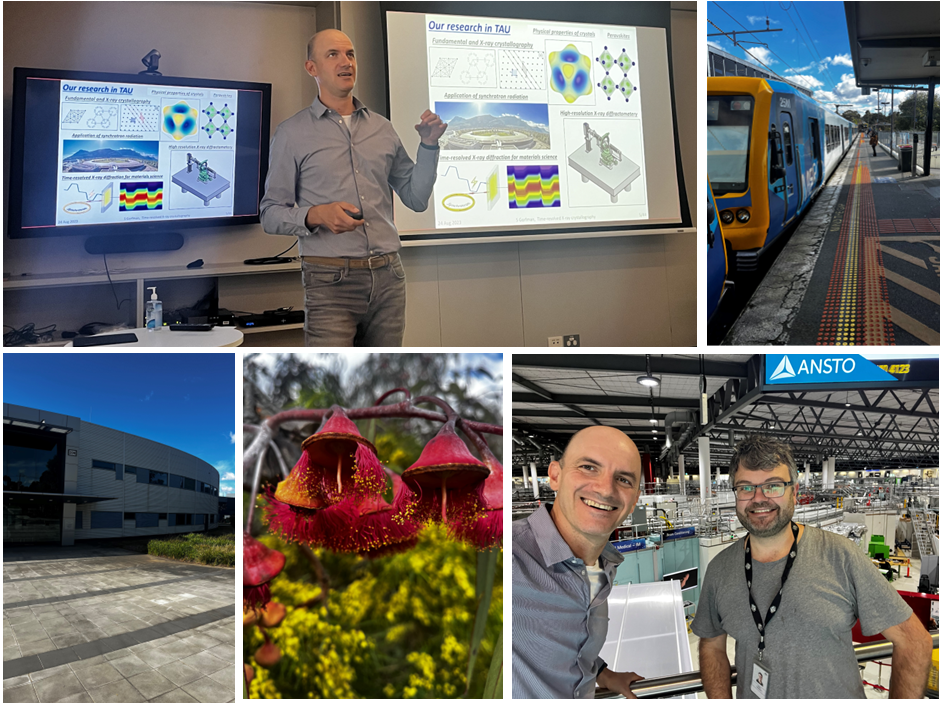 It was blissful to visit Australian Synchrotron today. Giving a presentation about our research there, having a personal tour to the beamlines. The last, but not least, exploring the South East suburbs of Melbourne and the area around Monash University.
It was blissful to visit Australian Synchrotron today. Giving a presentation about our research there, having a personal tour to the beamlines. The last, but not least, exploring the South East suburbs of Melbourne and the area around Monash University.
28 June 2023
 Performing experiment at the almighty Swiss-Norwegian beamlines at the European Synchrotron in Grenoble. All the eyes and ears are directed to Dmitry Chernyshov.
Performing experiment at the almighty Swiss-Norwegian beamlines at the European Synchrotron in Grenoble. All the eyes and ears are directed to Dmitry Chernyshov.
26 June 2023
 On our way to Grenoble / France! One week long synchrotron experiment with a lot of X-ray photons, data and food is ahead! We are already starting with the last item of this list in the airport. The long way goes via Istanbul and Geneva!
On our way to Grenoble / France! One week long synchrotron experiment with a lot of X-ray photons, data and food is ahead! We are already starting with the last item of this list in the airport. The long way goes via Istanbul and Geneva!
20 May 2023
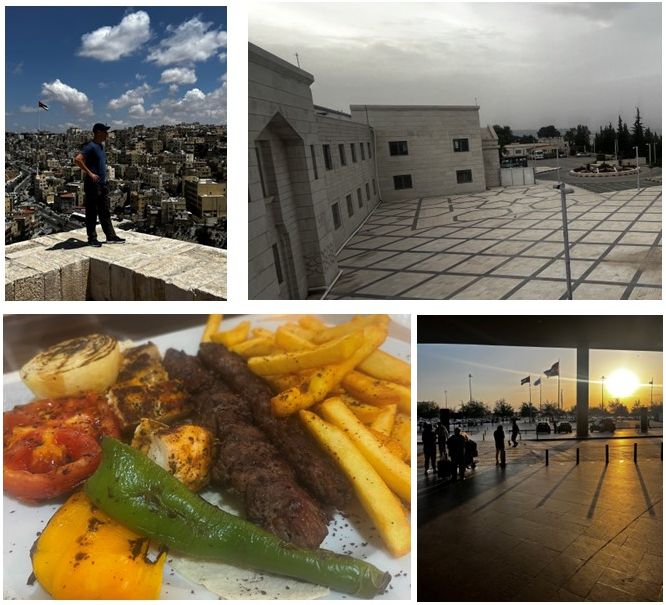 We are at SESAME (Alan, Jordan) today. After spending one day exploring the city of Amman, we are preparing for multi-temperature powder diffraction experiment at the MS beamline. Meanwhile enjoying cool weather, good views and (a lot of) food.
We are at SESAME (Alan, Jordan) today. After spending one day exploring the city of Amman, we are preparing for multi-temperature powder diffraction experiment at the MS beamline. Meanwhile enjoying cool weather, good views and (a lot of) food.
15 January 2021
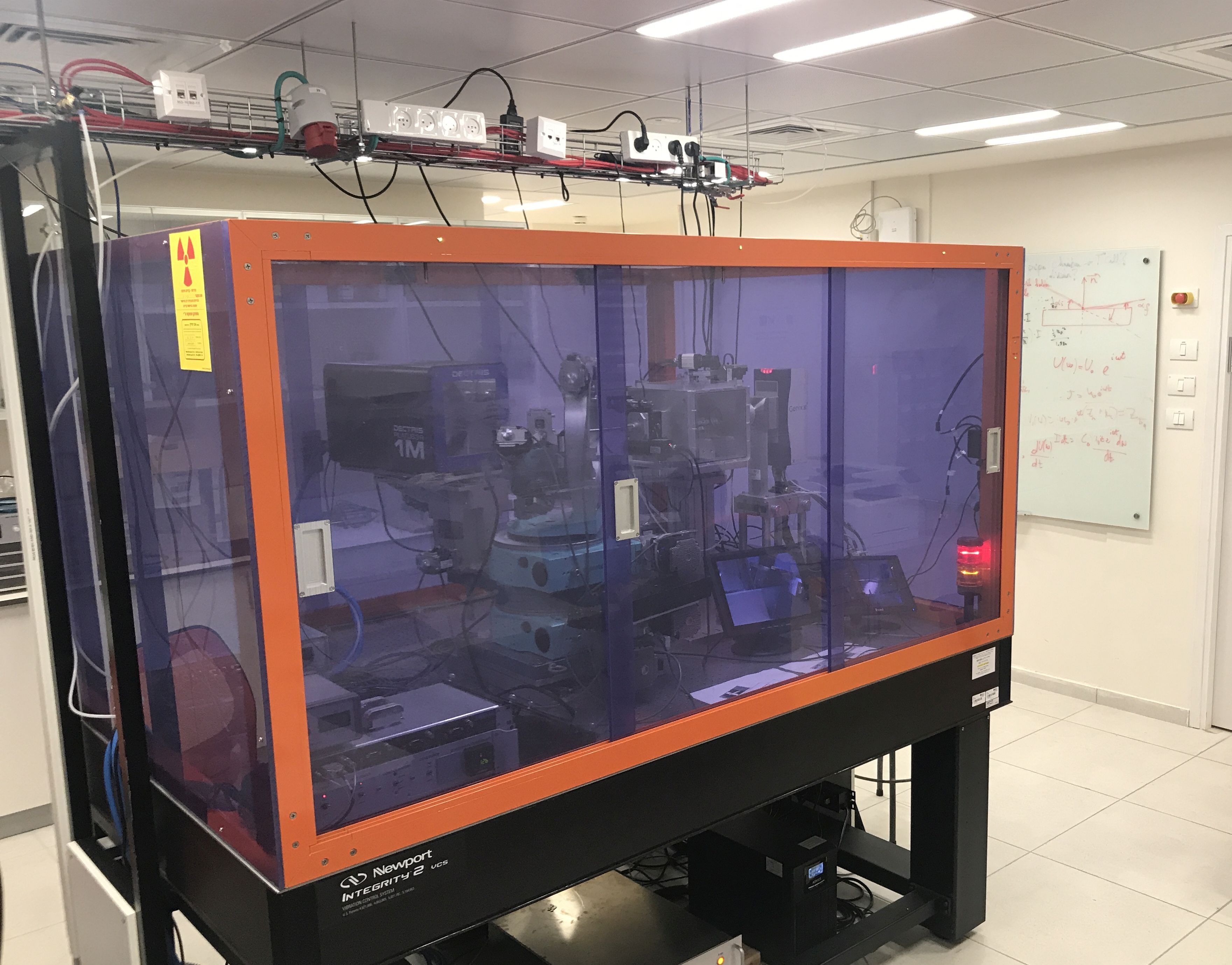 Not really news, but the nice view of the lab! Red light is on, data collection is running.
Nobel Prize? Maybe tomorrow!
Not really news, but the nice view of the lab! Red light is on, data collection is running.
Nobel Prize? Maybe tomorrow!

Research interests: X-ray crystallography, Fine structure and disorder in functional materials, Crystal physics, Ferroelectricity, Piezoelectrics, Synchrotron radiation.
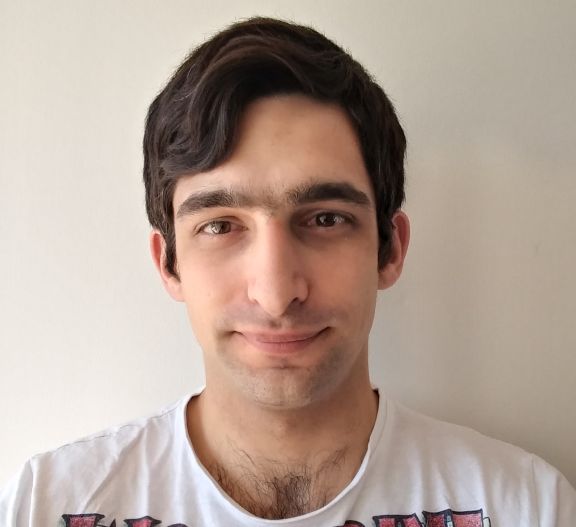
Research interests: High-resolution X-ray diffraction, Phase transitions

Research interests: Birefringence microscopy, Ferroelectric materials, Imaging of domains

Research interests: Advanced electronic systems, Scientific instrumentation.

Research interests: X-ray and neutron powder diffraction.
 C. Rösche, T. B. Ballaran, T. Malcherek, C. Paulmann, R. J. Angel, S. Gorfman, B. Mihailova
C. Rösche, T. B. Ballaran, T. Malcherek, C. Paulmann, R. J. Angel, S. Gorfman, B. Mihailova
The high-pressure structure of (1-x) NaBi0.5Ti0.5O3 -x BaTiO3 at the morphotropic phase boundary
Scientific Reports, 14, 18799, (2024)

 I. Biran, A. Bosak, Z.-G. Ye, I. Levin, S Gorfman
I. Biran, A. Bosak, Z.-G. Ye, I. Levin, S Gorfman
Lattice match between coexisting cubic and tetragonal phases in PMN-PT at the phase transition
Applied Physics Letters, 124, 242901, (2024)

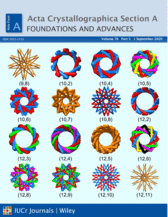 I. Biran, S Gorfman
I. Biran, S Gorfman
Permissible domain walls in monoclinic ferroelectrics. Part II. The case of MC phases
Acta Cryst A, 80, 293-304, (2024)

 I. Biran, S Gorfman
I. Biran, S Gorfman
Permissible domain walls in monoclinic MAB ferroelectrics phases
Acta Cryst A, 80, 293-304, (2024)

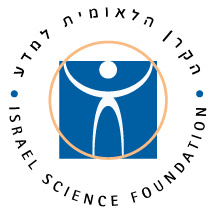
Funding agency:
Israel Science Foundation
Project title:
Enabling accurate X-ray structural analysis and domains reconstruction in ferroelectric PbZr1-xTixO3 crystals
Project duration:
October 2023 - October 2027
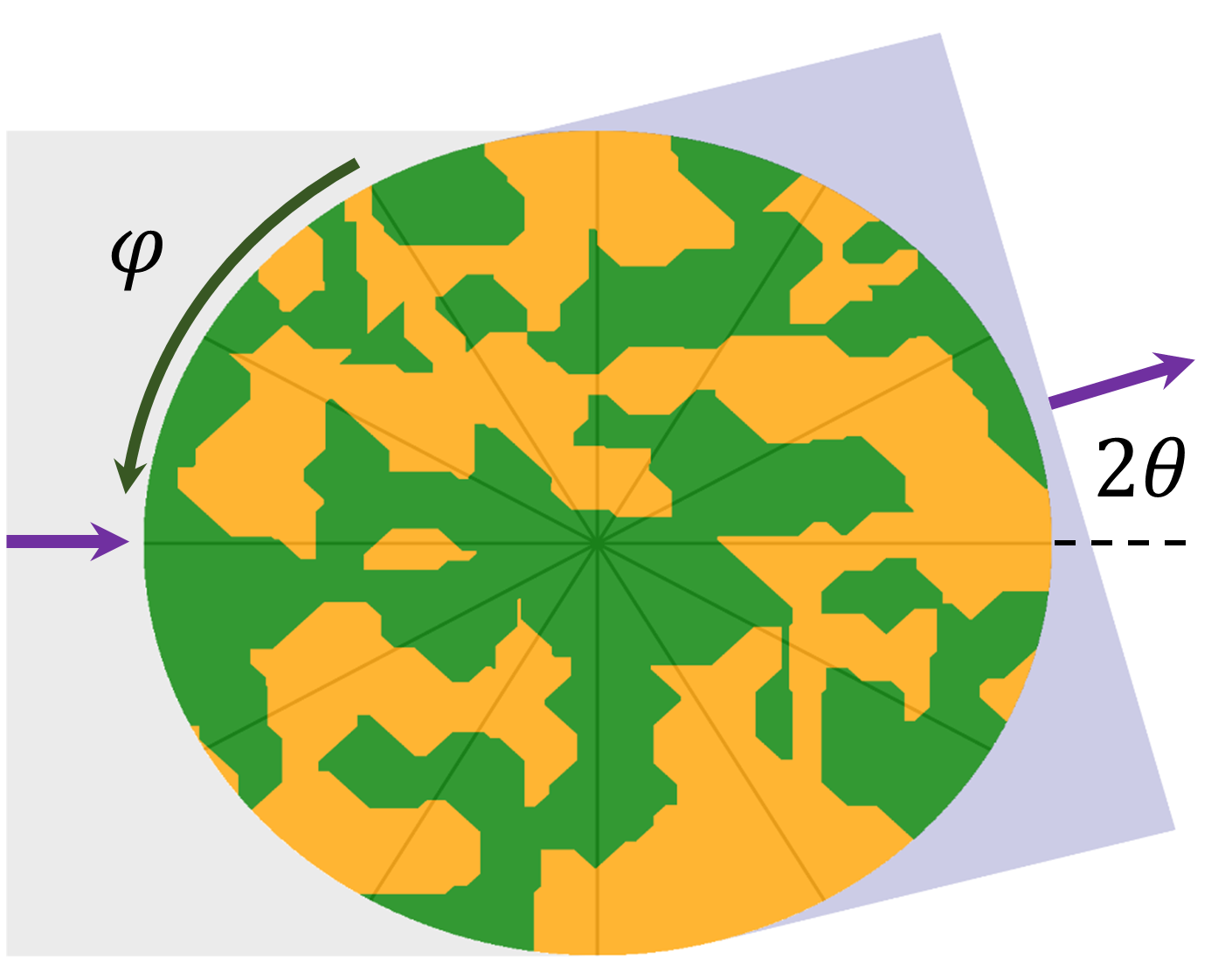
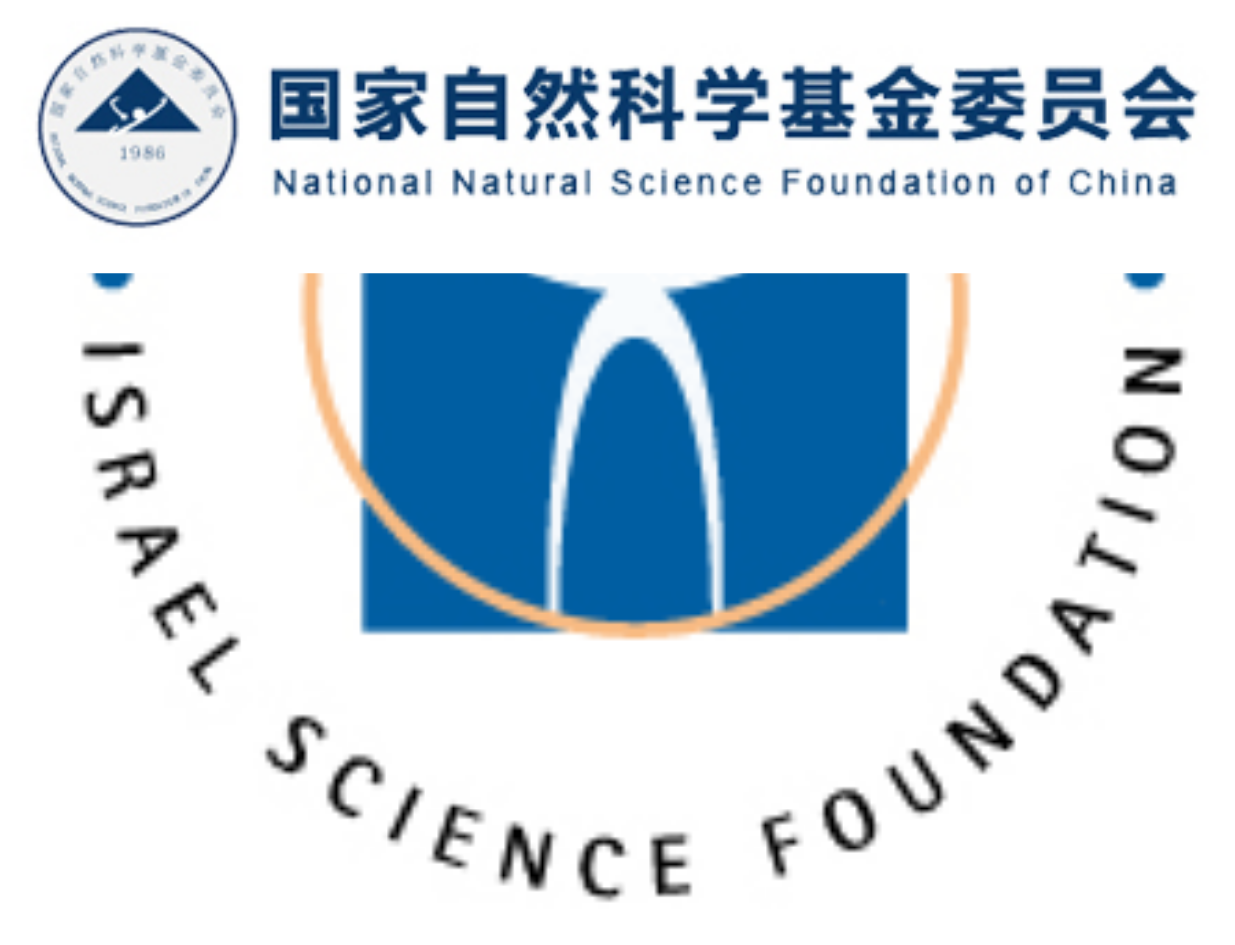
Funding agency:
Joint NSFC-ISF (China - Israel) Research Grant
Project title:
Phase coexistence and strain free boundaries in single crystals of functional ferroic materials”
Project duration:
October 2021 - October 2024
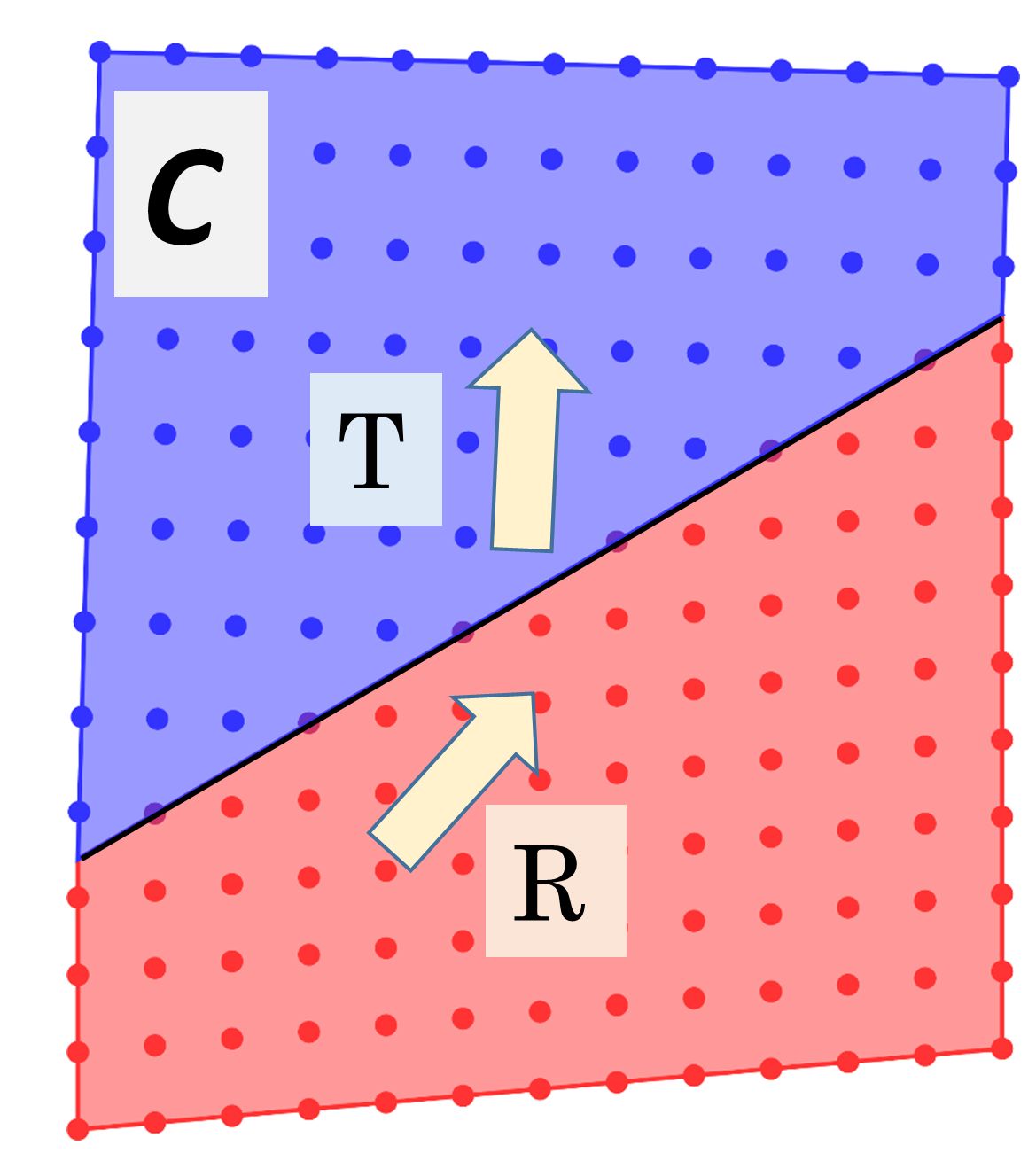

Funding agency: DFG: Deutsche Forschungsgemeinschaft
Project title: The mechanisms of enhanced electromechanical coupling in uniaxial ferroelectrics
Project partner: Dr Carsten Richter , Leibniz-institute for crystal growth
Project duration: October 2023 - October 2026
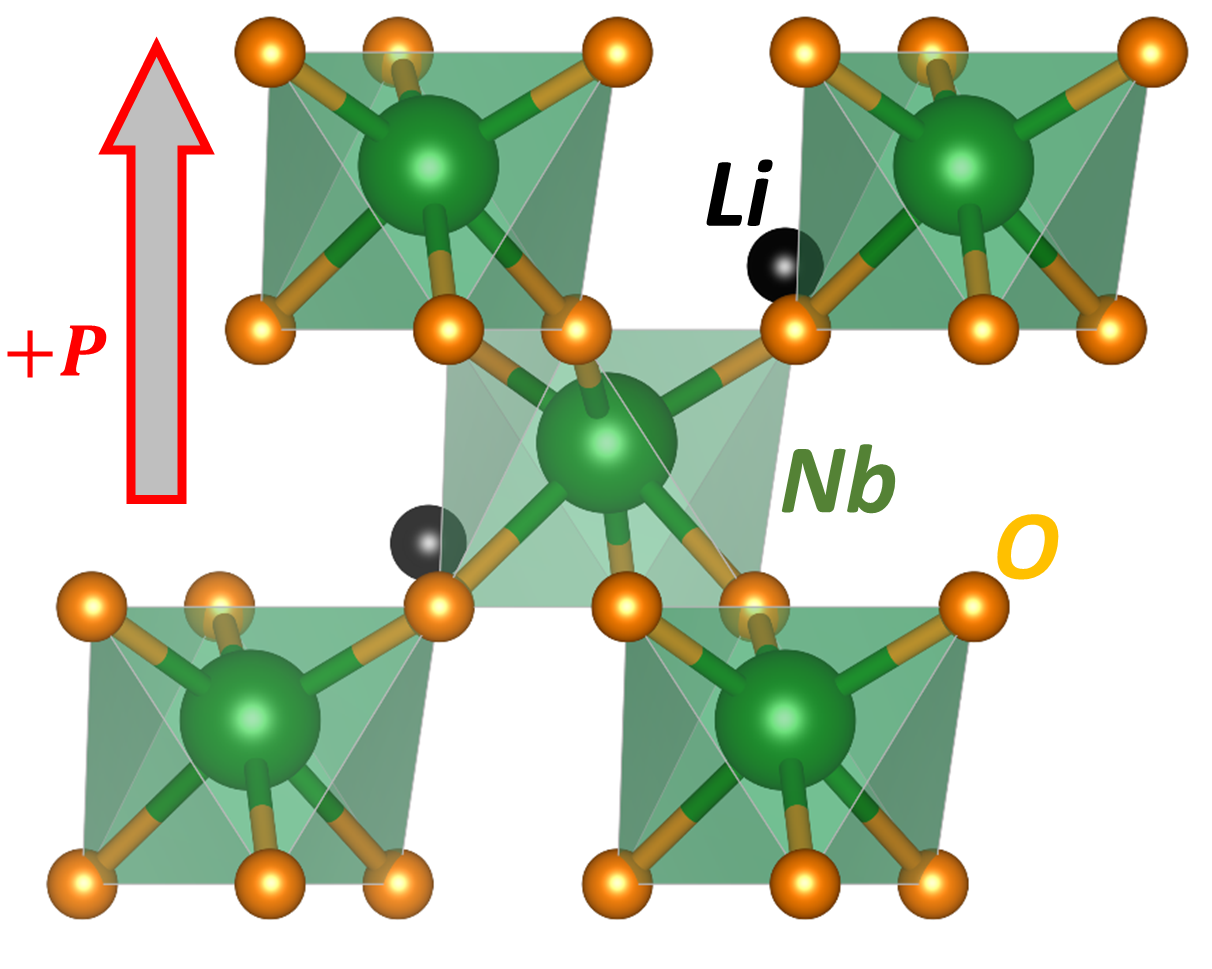
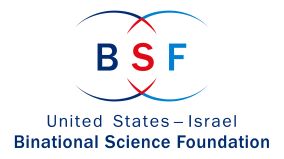
Funding agency: BSF: US-Israel Billateral Science Foundation
Project title: Local structure mechanisms of electromechanical coupling in oxide ferroelectrics
Project partner: Dr Igor Levin , National Institute of Standards and Technology. Gaithersburg, USA
Project duration: October 2020 - October 2024
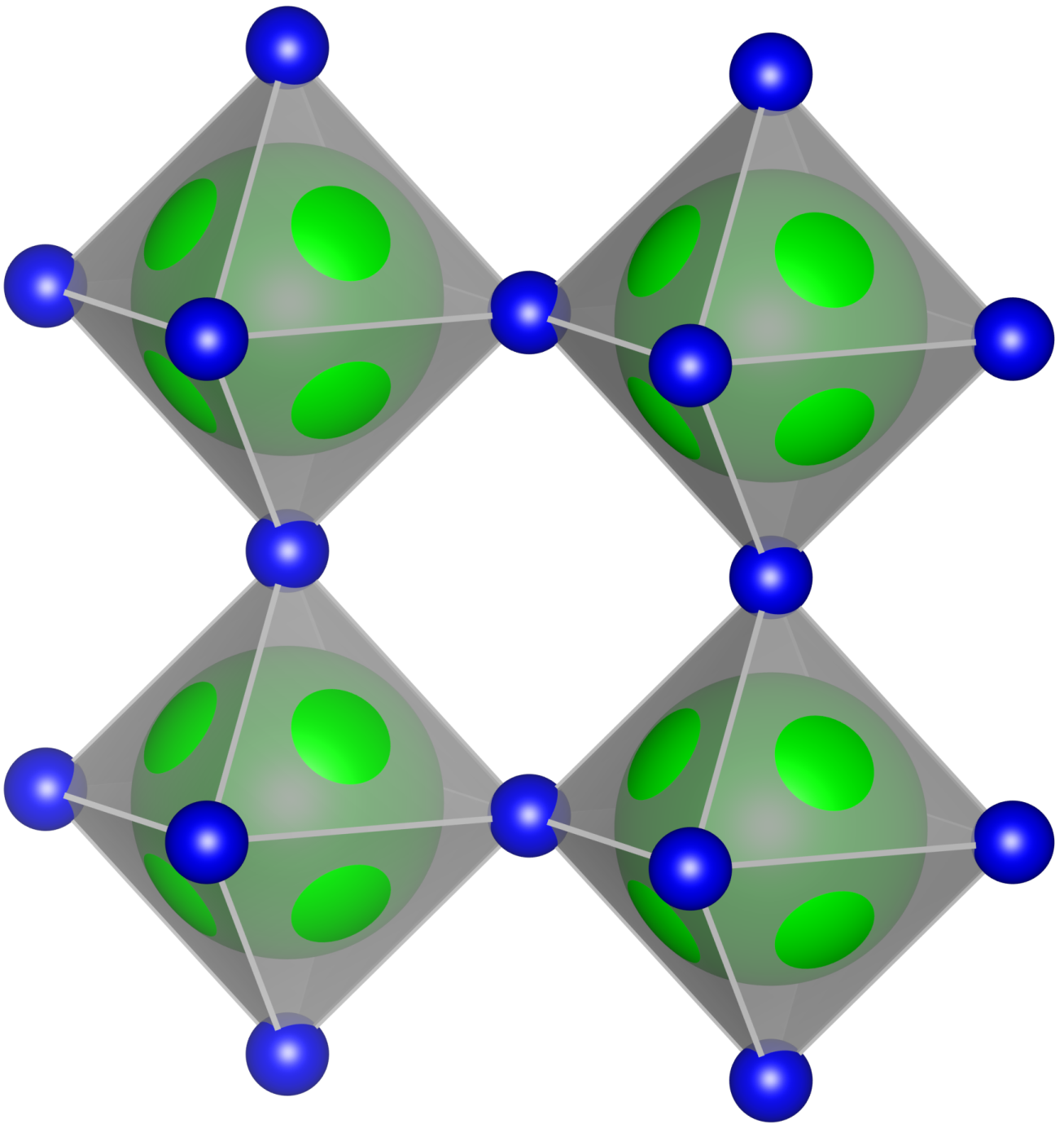

Funding agency:
Israel Science Foundation
Project title:
Fine structure, polarization rotation and low-symmetry phases in ferroelectric perovskites
Project duration:
October 2018 - October 2023
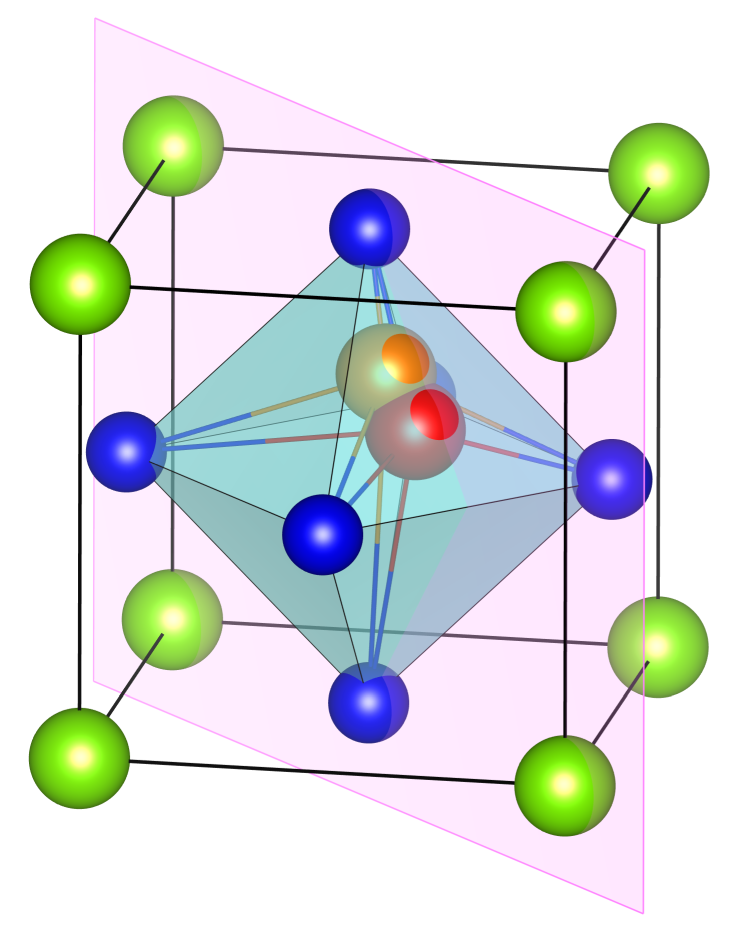
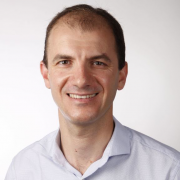
Wolfson Building for Mechanical Engineering, George Wise Street, Tel Aviv, ISRAEL
